Well, if you would put yourself in the same boat as me (or should I say bush??), there is hope on the horizon for us. I would like to tell you about the Black Satin Blackberry, this beauty is thornless. That's right, I said thornless!
| So now, when you think about it, you have no reason not to grow this wonderful berry. Seize the opportunity! Once seized, it's best to plant the Blackberry bush in a full sun location with good air circulation. The soil should be moisture retentive but well drained. Plant the rootball level with the soil surface with about 4-6 ft. of spacing. One tip to keep in mind would be to avoid growing Blackberries where potatoes, grapes, tomatoes, raspberries, peppers, apples or peaches had once previously grown. These plants share similar diseases and pests with Blackberries. For best growth, cut back immediately after planting to prevent the plant from setting fruit the first year. This requires patience I know, but you will get much stronger growth and better harvests in years to come. A little waiting now will pay off in the years to come! Also, a little mulch with Blackberries would not be remiss! |
So to recap, you can now have thornless Blackberries. It is now time to Carpe Diem! Or at least, Carpe some Blackberries!

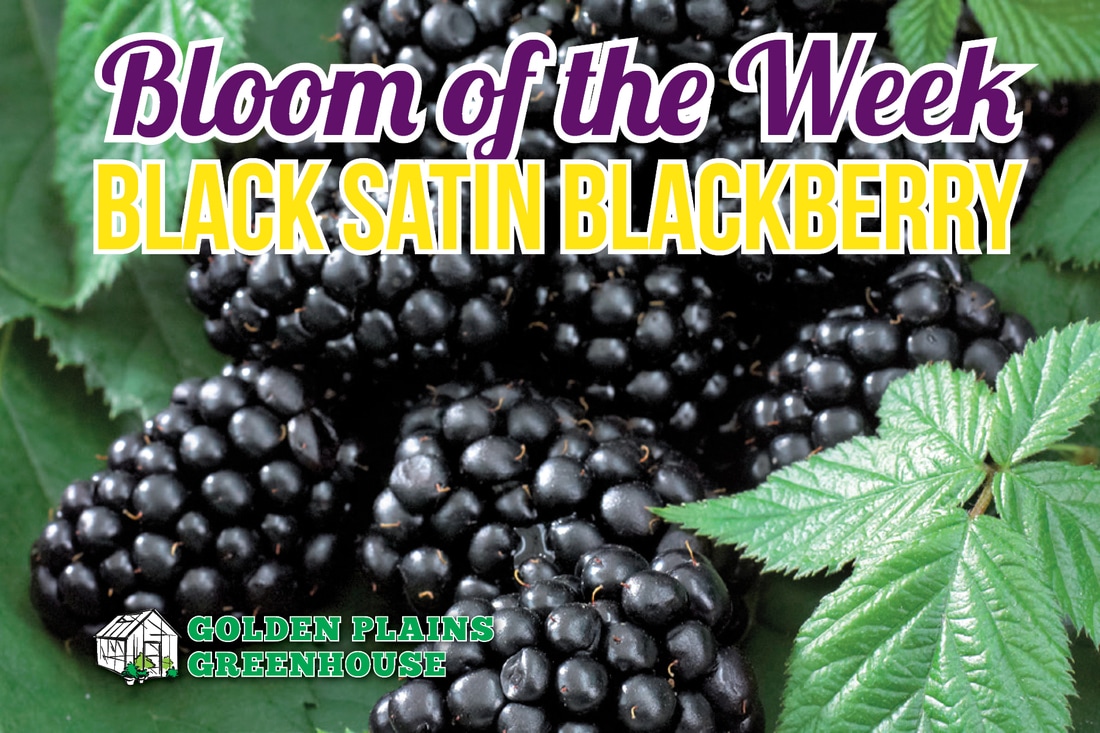
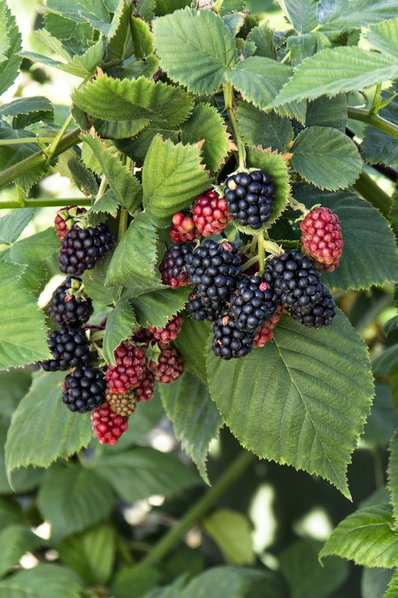

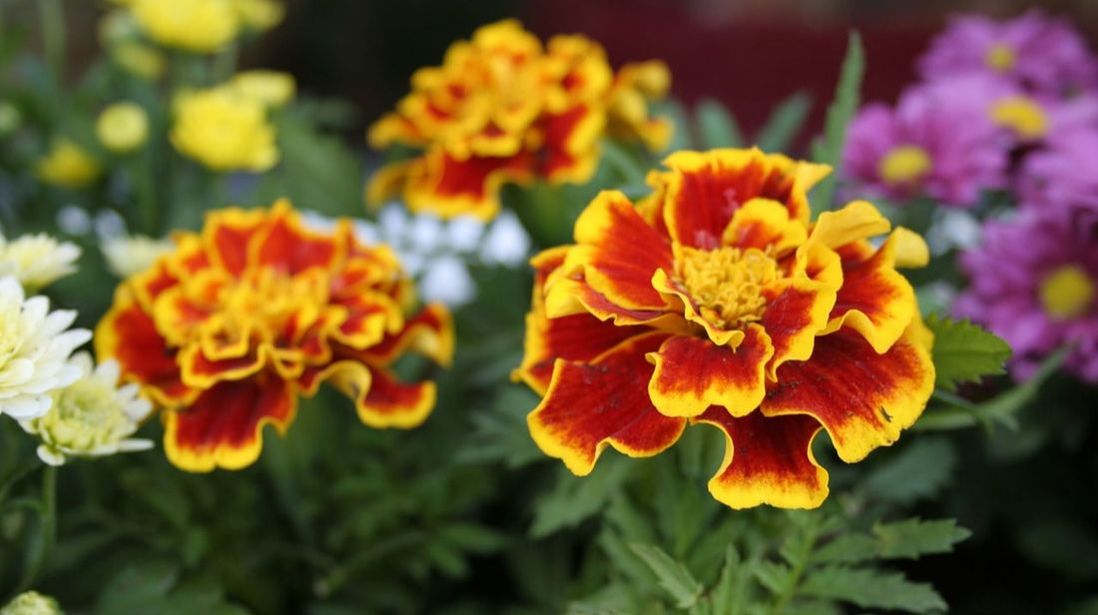
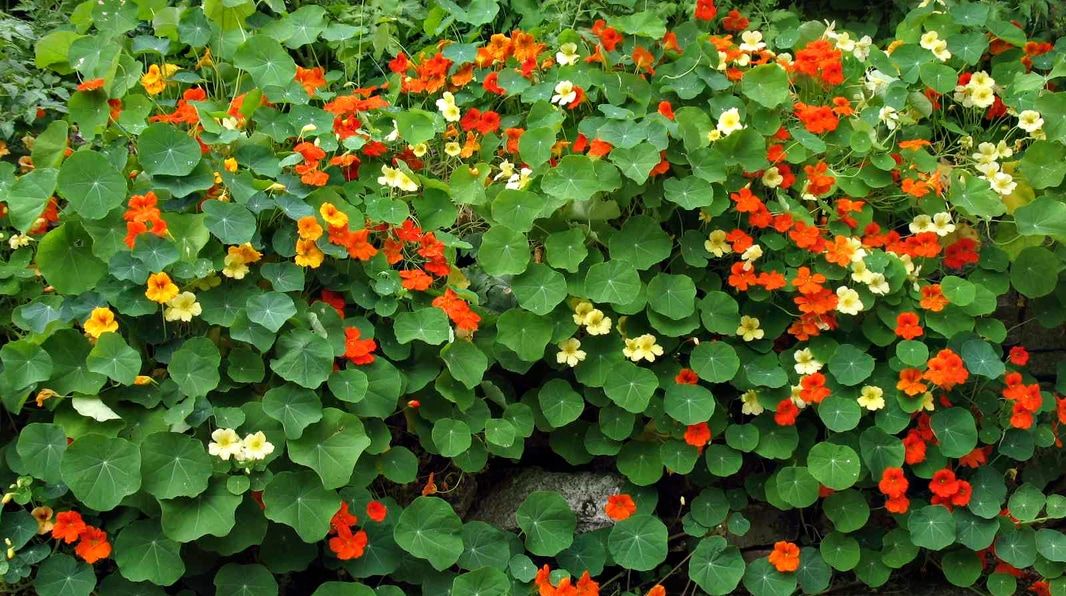
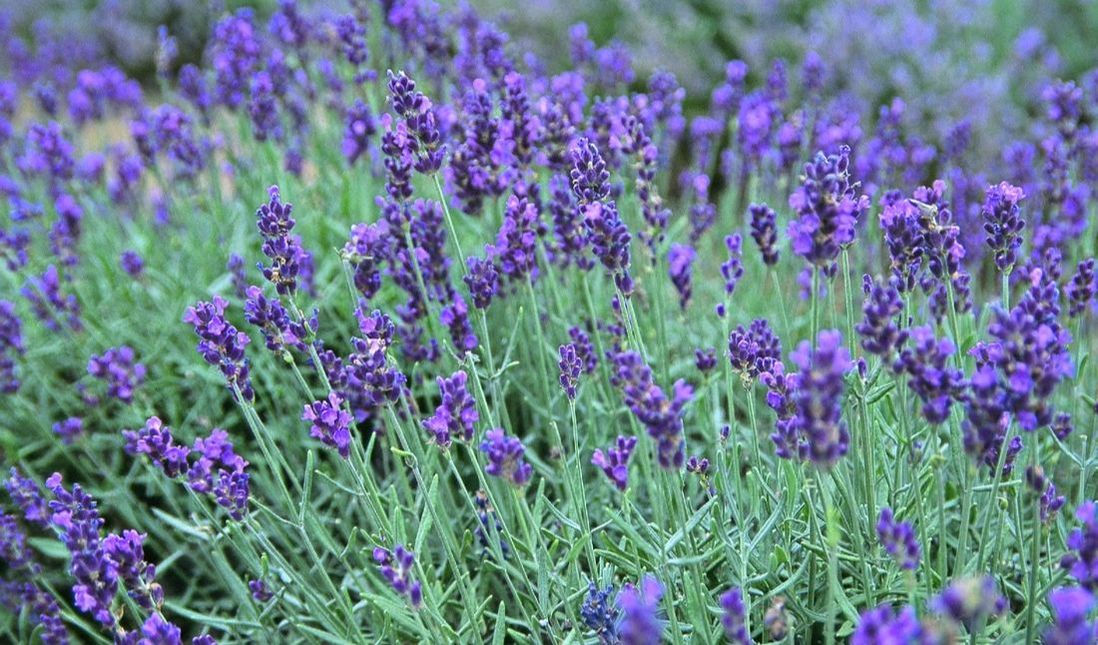
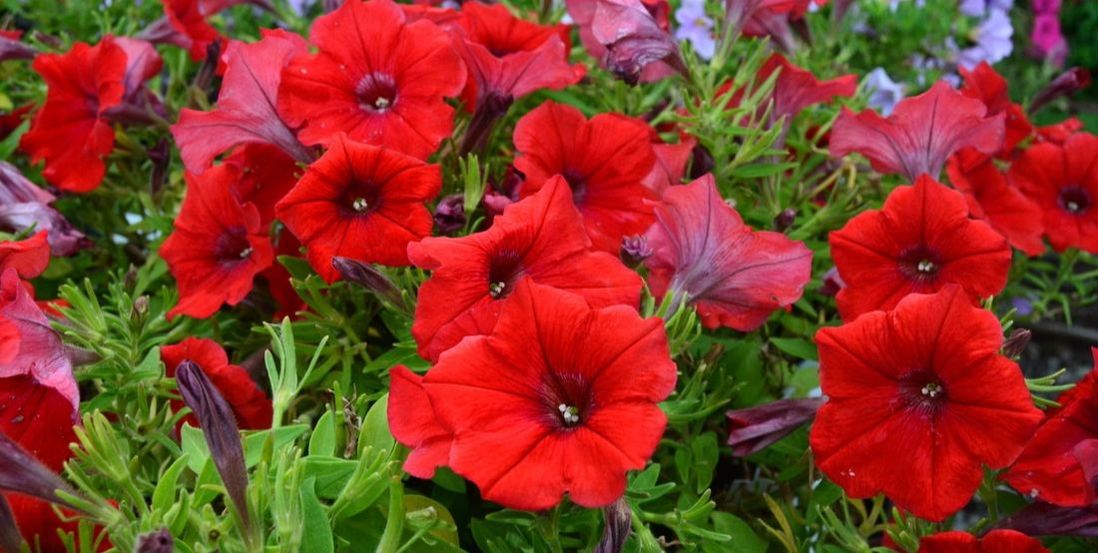
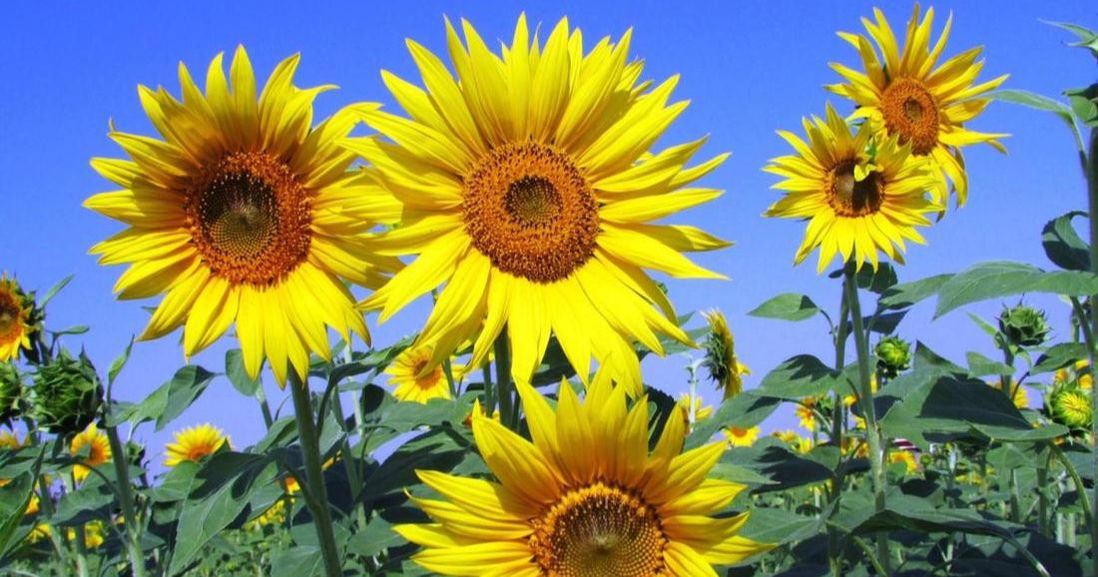
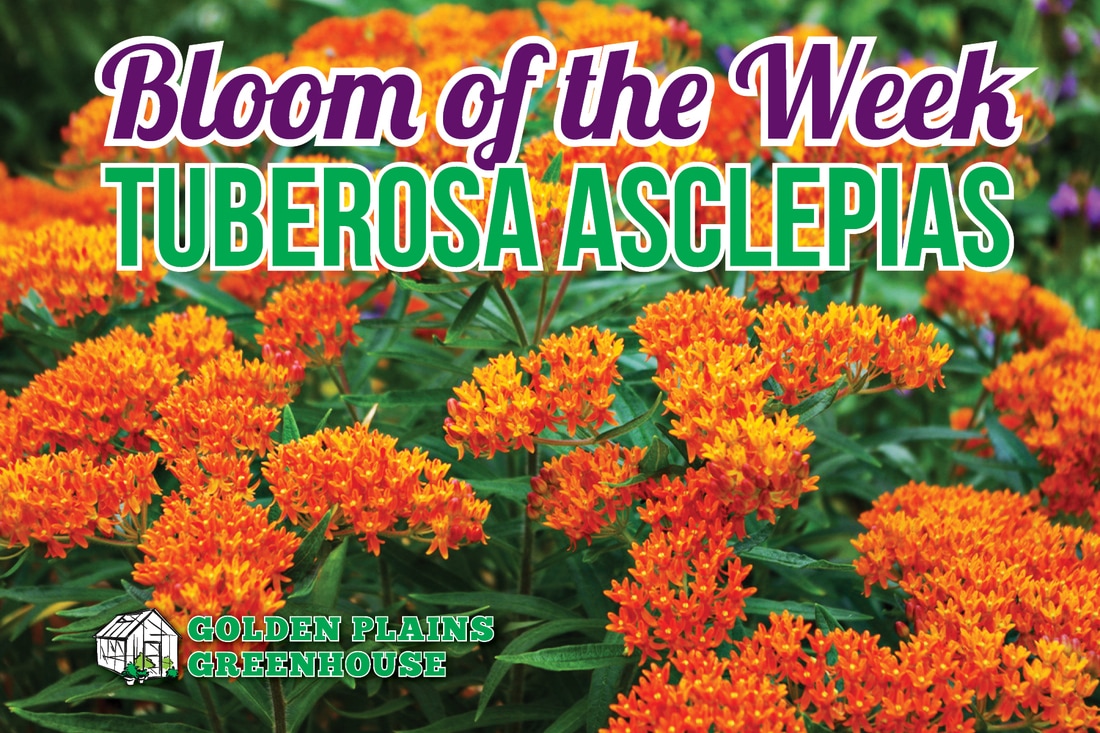
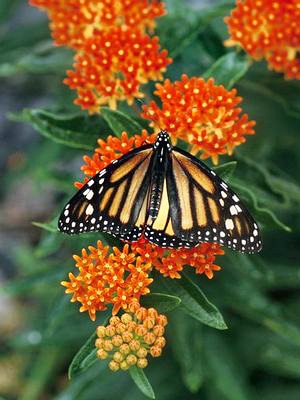

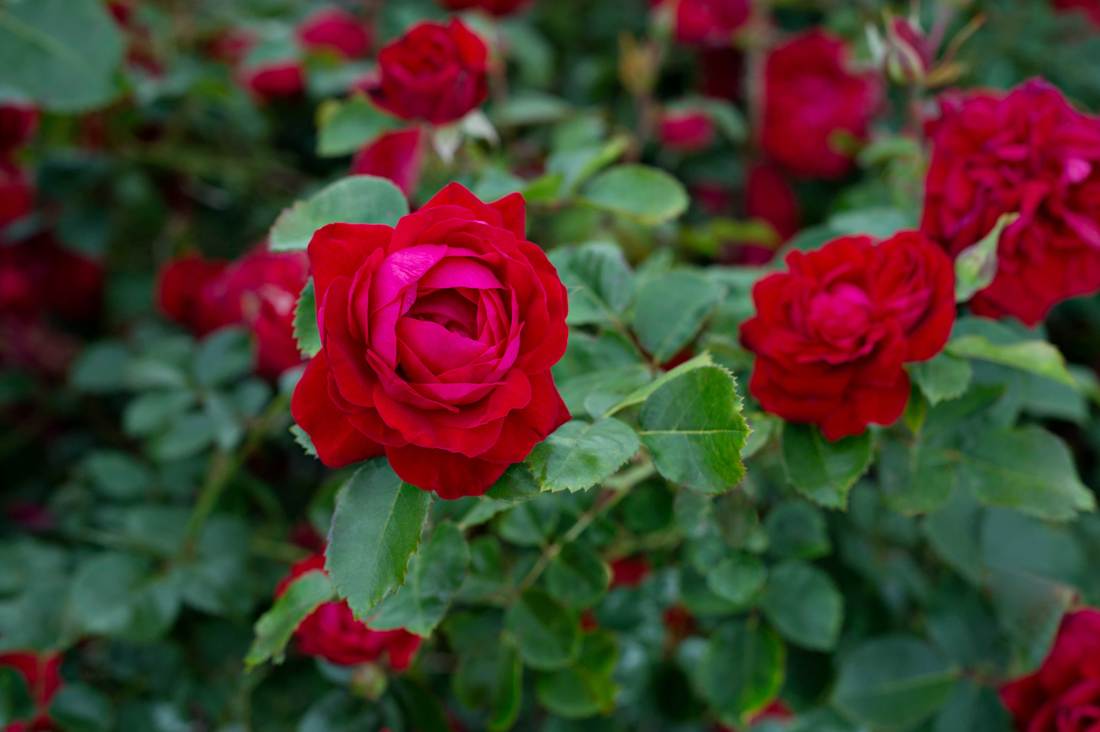
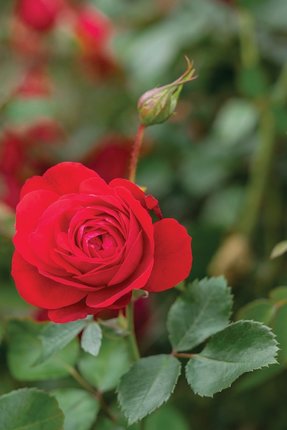
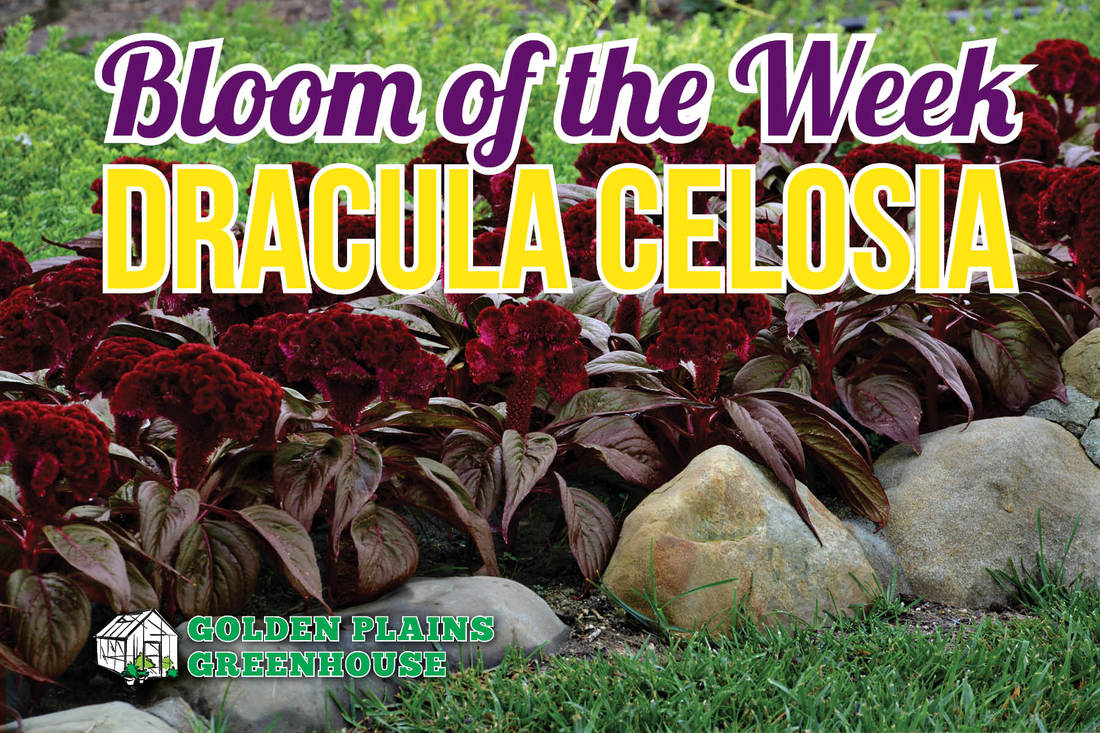
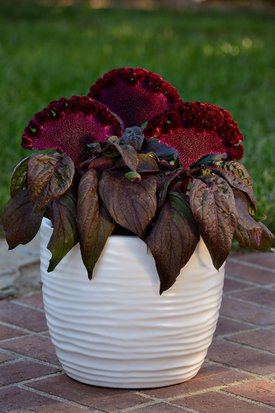
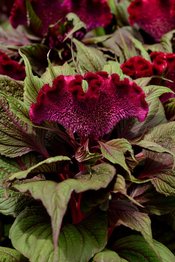
 RSS Feed
RSS Feed